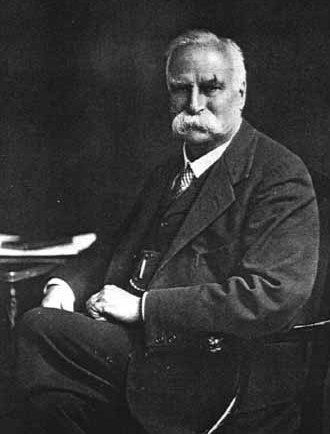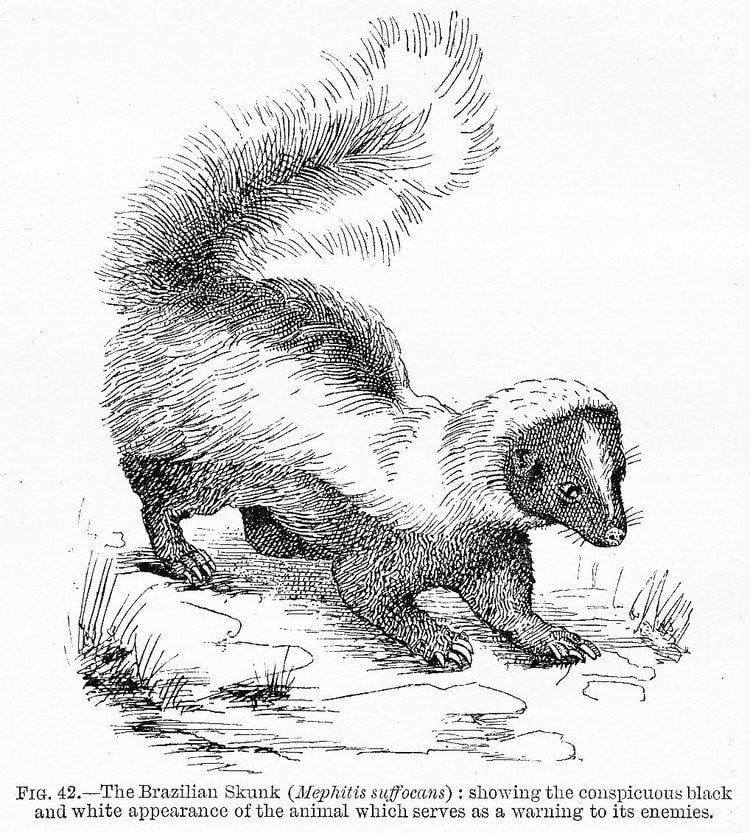Nationality English Name Edward Poulton Children Ronald Poulton-Palmer | Died November 20, 1943 | |
 | ||
Born 27 January 1856 ( 1856-01-27 ) Books Essays on Evolution 1889‑1907, Charles Darwin and the theory, Charles Darwin and the Origin, The Life of Ronald Poulton, The Life of Ronald Poulton Similar People Ronald Poulton‑Palmer, Arthur Shipley, August Weismann | ||
Sir Edward Bagnall Poulton, FRS (27 January 1856 – 20 November 1943) was a British evolutionary biologist who was a lifelong advocate of natural selection through a period in which many scientists such as Reginald Punnett doubted its importance. He invented the term sympatric for evolution of species in the same place, and in his book The Colours of Animals (1890) was the first to recognise frequency-dependent selection.
Contents

Poulton is also remembered for his pioneering work on animal coloration. He is credited with inventing the term aposematism for warning coloration, as well as for his experiments on 'protective coloration' (camouflage).
Poulton became Hope Professor of Zoology at the University of Oxford in 1893.
Life
Between 1873 and 1876, Poulton studied at Jesus College, Oxford under George Rolleston and the anti-Darwinian entomologist John Obadiah Westwood, graduating with a first-class degree in natural science. He maintained an unbroken connection with the college for seventy years as scholar, lecturer and Fellow (appointed to a fellowship in 1898) until his death. He was known as a generous benefactor to the college, providing silver for the high table and redecorating the Old Bursary amongst other donations.
Family
Poulton lived with his family at 56 Banbury Road in North Oxford, a large Victorian Gothic house designed by John Gibbs and built in 1866. He married Emily Palmer, daughter of George Palmer, M.P. for Reading and head of Huntley and Palmer's biscuit company and they had five children. Three of them were dead by 1919. Their eldest son Dr. Edward Palmer Poulton of Guy's Hospital died in 1939, meaning that Sir Edward was outlived only by his daughter Margaret Lucy (1887–1965), wife of Dr Maxwell Garnett. Poulton's son, Ronald Poulton-Palmer played international rugby for England and was killed in May 1915 World War I. His first daughter Hilda married Dr Ernest Ainsley-Walker and died in 1917. His youngest daughter, Janet Palmer, married Charles Symonds in 1915 and died in 1919.
Career
Poulton was throughout his career a Darwinist, believing in natural selection as the primary force in evolution. He not only admired Charles Darwin, but also defended the father of neo-Darwinism, August Weismann. Poulton was one of the group of biologists who first translated Weismann's work into English, and he defended Weismann's idea of the continuity of the germ-plasm. In the course of these translations, he noted that recent researches had reduced or perhaps entirely removed the role of acquired characters (Lamarckism) in species formation.
His 1890 book, The Colours of Animals, introduced the concepts of frequency-dependent selection and aposematic coloration, as well as supporting Darwin's then unpopular theories of natural selection and sexual selection.
In his 1896 work on Darwin, Poulton described the Origin of Species as "incomparably the greatest work" the biological sciences had seen. Critics of natural selection, Poulton contended, had not taken the time to understand it. This is an evaluation which is much more widely held today than it was then. The contemporary ignorance of the mechanism of inheritance stood in the way of a full understanding of the mechanism of evolution.
In 1897 Poulton canvassed members during meetings of the Entomological Society of London. He discovered that many doubted a selectionist origin for mimicry. Of those he asked, only three fully supported Batesian mimicry and Müllerian mimicry. The others doubted the inedibility/unpalatability of the models (some investigators even performed taste tests!) or were not convinced that birds were effective selective agents. External and internal forces remained popular alternatives to natural selection.
The arrival of genetics
The rediscovery of Mendel's work filled a critical gap in evolution theory, but at first this was not realised, and many thought it antithetical to selection. There was a long debate between Poulton and Reginald Punnett, one of Bateson's disciples and the first Professor of Genetics at Oxford. Punnett's Mimicry in butterflies (1915) rejected selection as the main cause of mimicry. He noted:
- The absence of transitional forms and the frequent lack of mimicry in male butterflies were unexplained by selectionist theory.
- The enigma of polymorphic mimicry. Some species of butterfly mimicked not merely one, but several models. In breeding experiments these polymorphs cleanly segregated according to Mendel's law of segregation.
- Evidence of birds as selective agents was slight and little was known of birds' discriminatory powers, and
- The gradual accumulation of minute variations did not (in his view) fit with the facts of heredity.
For Punnett, none of these observations were explained by gradual selectionism. Instead he thought mimicry had arisen from sudden mutational jumps (saltations). Once a mimic was formed by mutation, natural selection might play a conservative role.
However, one by one, each of these objections were shown to be without substance. Evidence from field observations and experiments showed that birds were often the agents of selection in insects. Evidence that small-scale mutations were common arrived as soon as breeding experiments were designed to detect them: it was a consequence of experimental methods that early mutations were so noteworthy. Explanations for polymorphism were advanced by E.B. Ford, Theodosius Dobzhansky and their colleagues, who developed experimental methods for populations in the wild.
The gradual coming-together of field observations and experimental genetics is part of the modern synthesis which took place in the middle of the twentieth century. As is now obvious, mutations increase the amount of heritable variation in a population, and selection is how we describe the differential viability of those variants. Poulton's account is much closer to our present-day view of evolution; Punnett was right to ask his difficult questions, but perhaps unwise in reaching conclusions before the issues were properly investigated. This field of research is still quite active.
Poulton's Presidential Address to the British Association in 1937 at the age of 81 reviewed the history of evolutionary thought. The work of J.B.S. Haldane, R.A. Fisher and Julian Huxley was vitally important for showing the relationships between Mendelism and natural selection. The observations and experiments of many biologists had "immensely strengthened and confirmed" the researches on mimicry and warning colours of pioneers like Bates, Wallace, Meldola, Trimen and Müller.
Legacy
Poulton is remembered as an early originator of the biological species concept. According to Ernst Mayr, Poulton invented the term sympatric in relation to species, and he also invented the term aposematism for warning coloration.
Poulton, along with Julian Huxley, J.B.S. Haldane, R.A. Fisher and E.B. Ford, promoted the idea of natural selection through many years when it was denigrated.
Poulton was succeeded by G.D. Hale Carpenter as Hope Professor of Entomology at Oxford University from 1933 to 1948.
